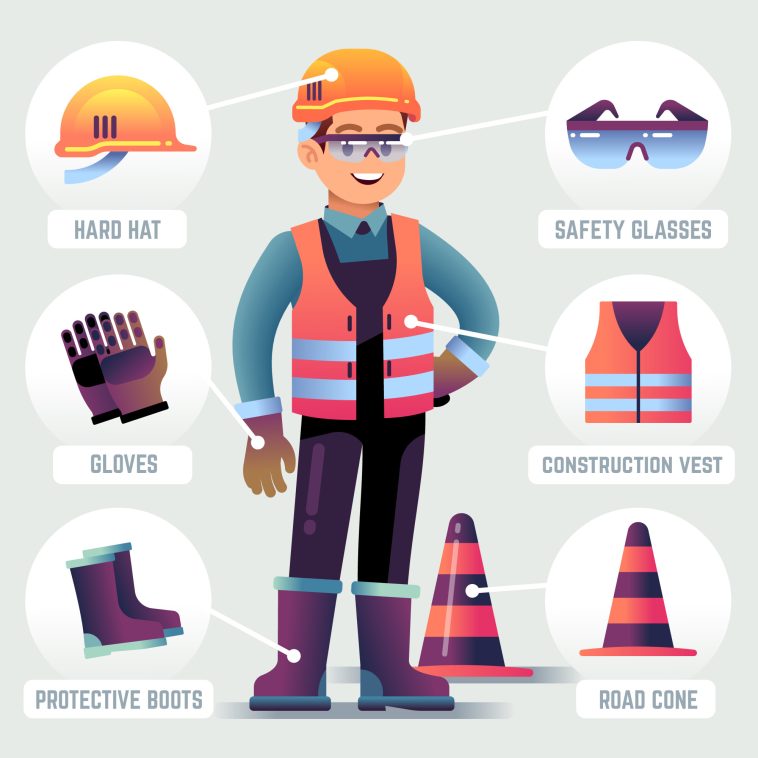Did you know that each year around 240 million injuries result from workplace accidents worldwide?
Many dangers can lurk in the workplace, and even the safest work environments can suddenly become unsafe without proper safety protocols. Are you concerned that your workplace isn’t doing enough to protect your employees?
In that case, you should consider creating a workplace safety infographic. Not sure what this infographic should include?
No worries! We are here to help! Keep reading to learn what you should put in your infographic.
Risk Factors
When creating a workplace safety infographic, it is essential to focus on risk factors that can cause injuries, misery, and illness at the workplace. These risk factors include physical dangers such as:
- Slips
- Trips and falls
- Hazardous machinery
- Fire
- Hazardous chemicals
- Psychological risks
It is essential to provide infographic content on the common causes of these hazards. Include also how to minimize the risk of such accidents. Using bright colors, images, and statistics are effective ways to communicate these risks and to help create an informed and safe working environment.
Safety Signs
When designing a safety infographic for a workplace, it is important to include information about safety signs. Safety signs are essential to maintaining a safe work environment. This can help workers quickly identify hazards and take appropriate action.
The infographic should include information about the four types of safety signs. This includes mandatory, prohibition, warning, and emergency signs.
By offering infographic information about safety signs in the workplace, workers can easily identify the symbols and be aware of the potential dangers.
Safety Equipment
A workplace safety infographic should be used to educate employees on what safety equipment is available to them and how to use it. Having informative and comprehensive safety equipment graphics helps employees to identify and use safety equipment quickly.
Outline the types of equipment available in relation to the potential risks they surround. Examples include hard hats for construction sites or protective gloves for handling hazardous chemicals.
It is also essential to include information on properly maintaining and storing safety equipment. Good signage and diagrams can also be used to explain and reinforce instructions.
Emergency Contacts
This should include first responders’ contact information, such as police, fire, and medical departments. Contact information for emergency services, such as poison control, should also be included.
Contact information for the organization’s safety officers should also be provided. This includes the safety officer’s extension or email address.
Additionally, it may be helpful to consider the company’s location. Add in any local contacts who may be available in an emergency.
Information About How to Report Potential Hazards
One of the most important things to highlight in your infographic is how to report potential hazards. This should include the following:
- An explanation of why reporting is important
- What should be reported
- Who should be contacted
- What to expect after filing a report
- The consequences for failing to report safety concerns
Ensuring workers have a clear understanding of the reporting process, and expectations can help to ensure that safety is taken seriously in the workplace.
Create a Workplace Safety Infographic Today
Workplace safety is an essential topic for all employers and employees to understand. Ensure that your safety infographic contains the information to keep your employees safe. A well-designed infographic is a valuable tool to help employees comprehend safety information.
The above guide provided ideas about what to put in a workplace safety infographic. But, it’s best to tailor the topics and strategies to the specific needs of each workplace.
Was this article helpful? If so, check out our other blogs for more informative content.



